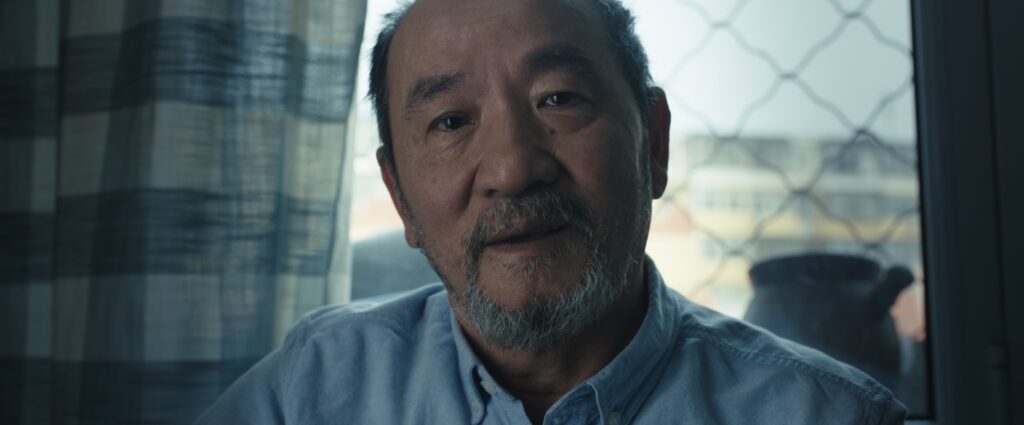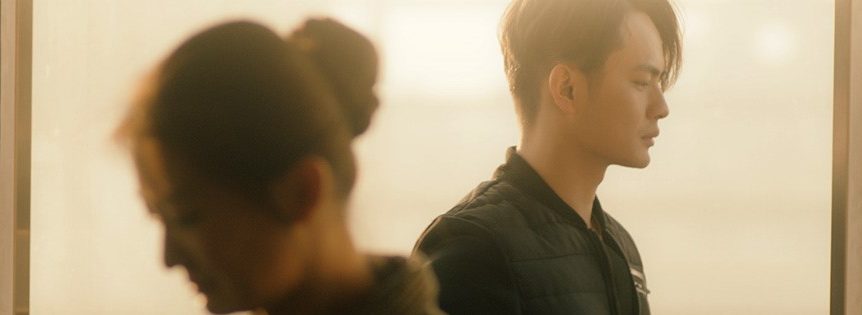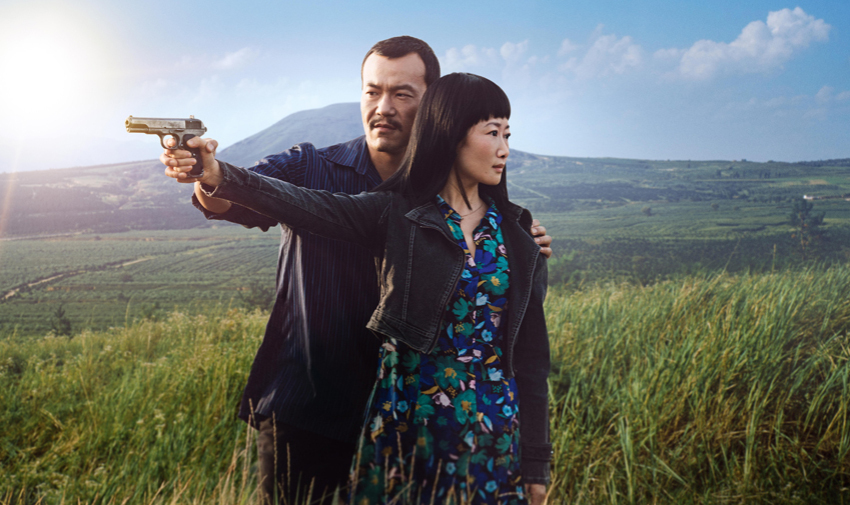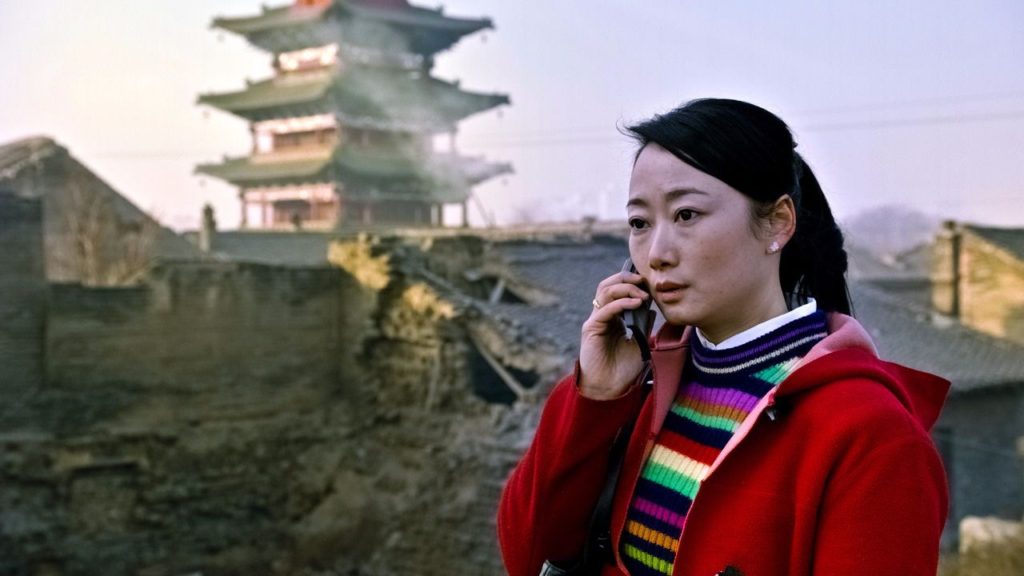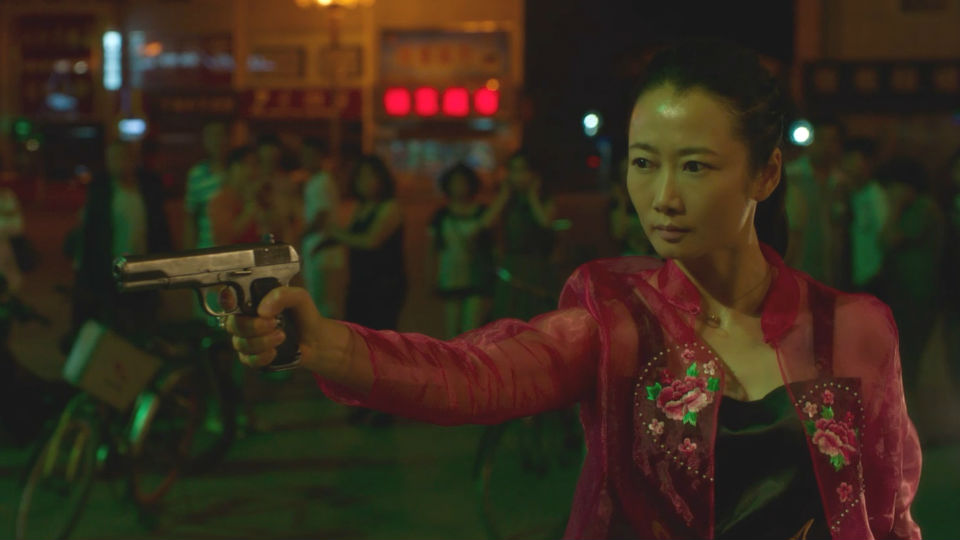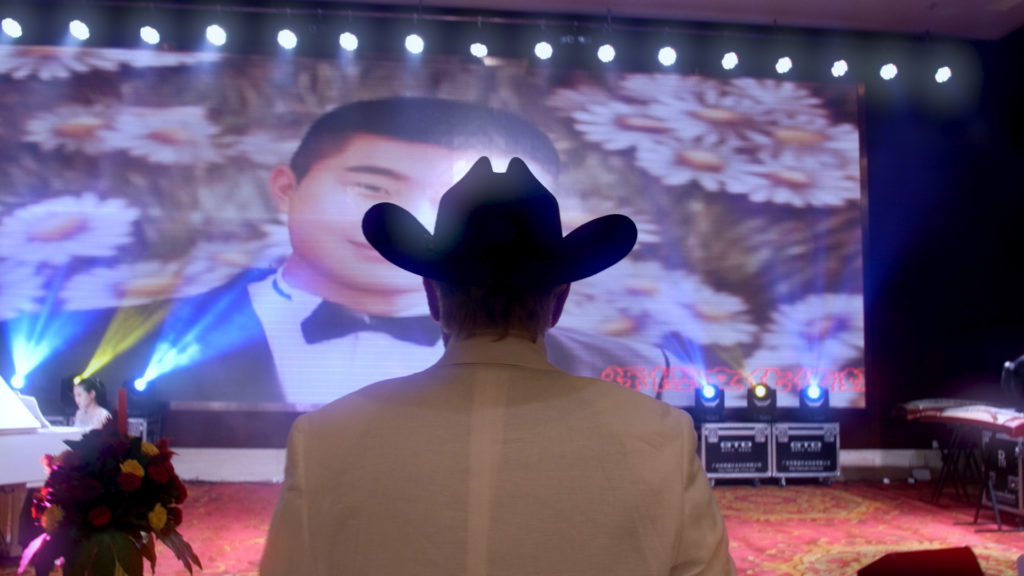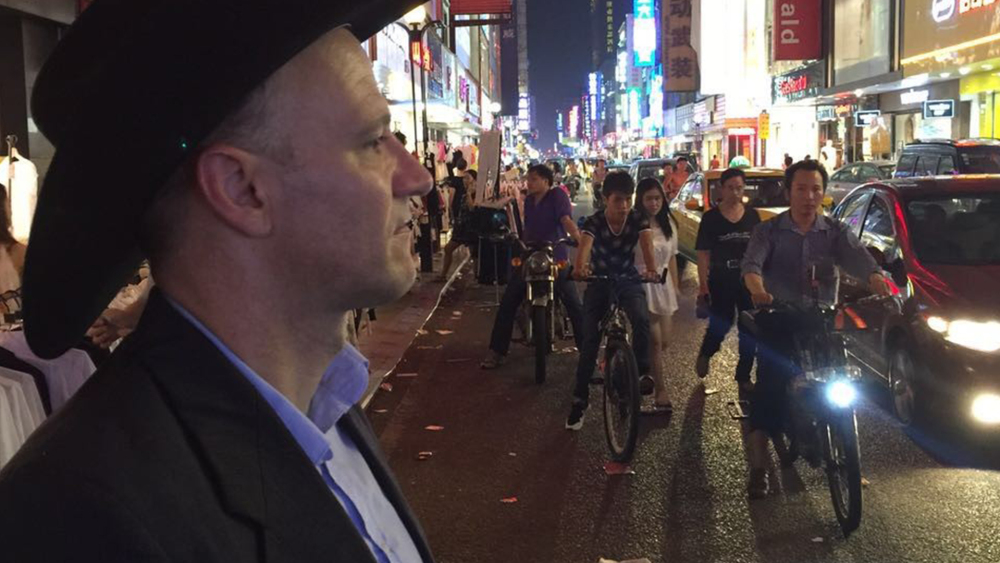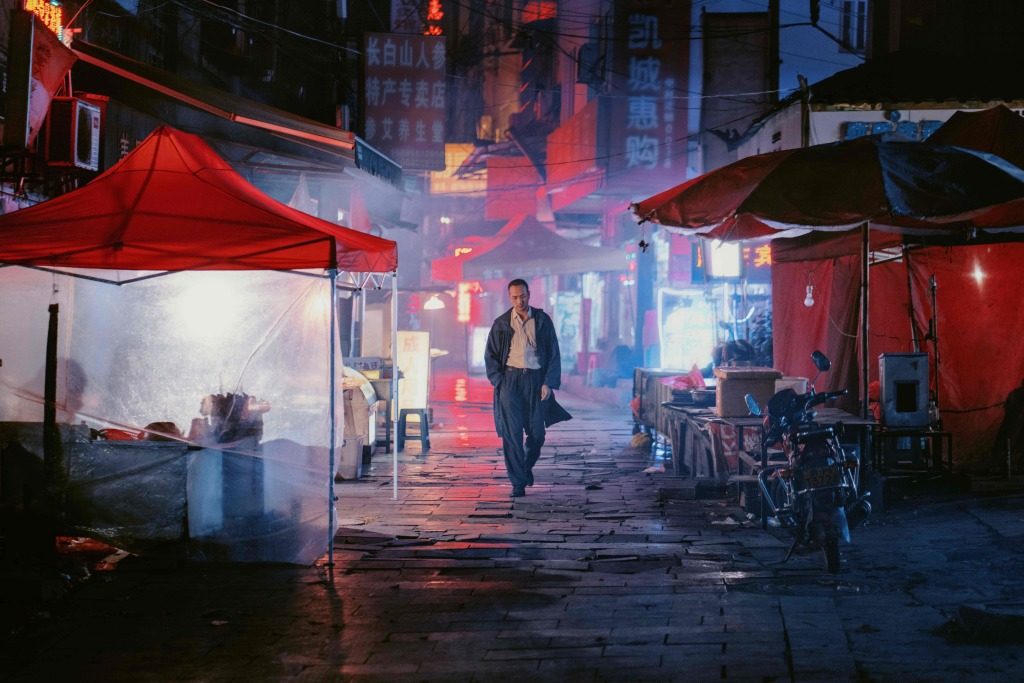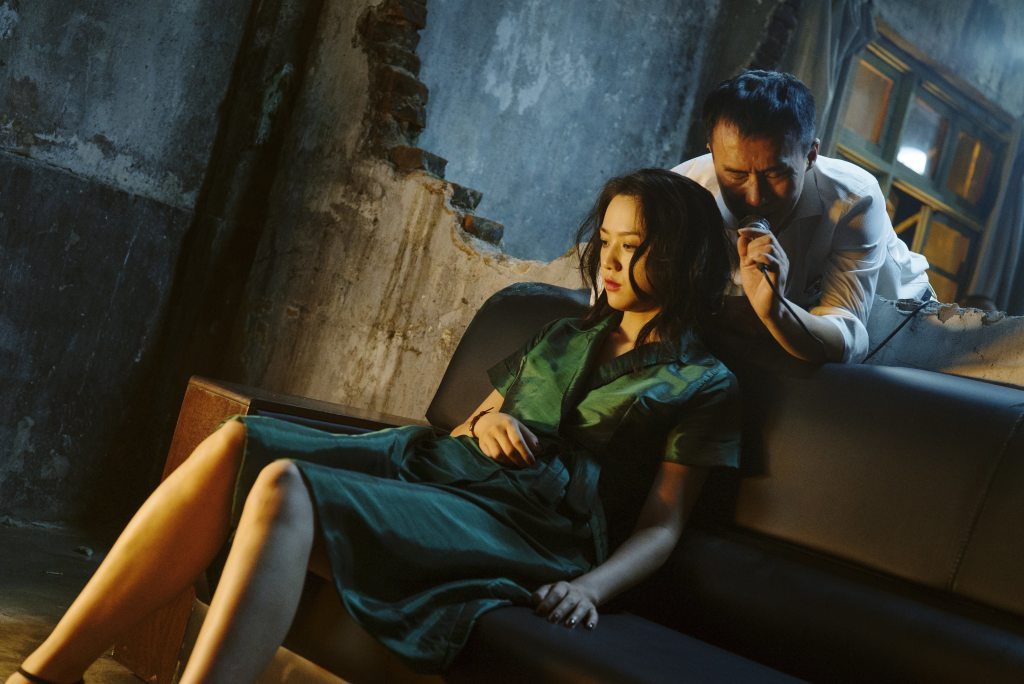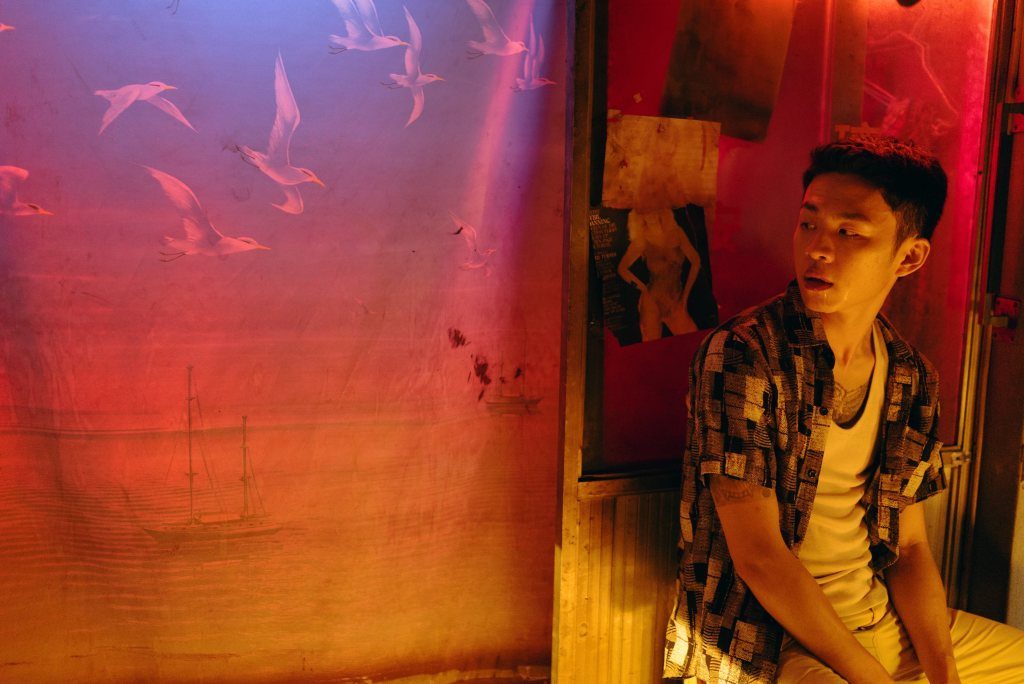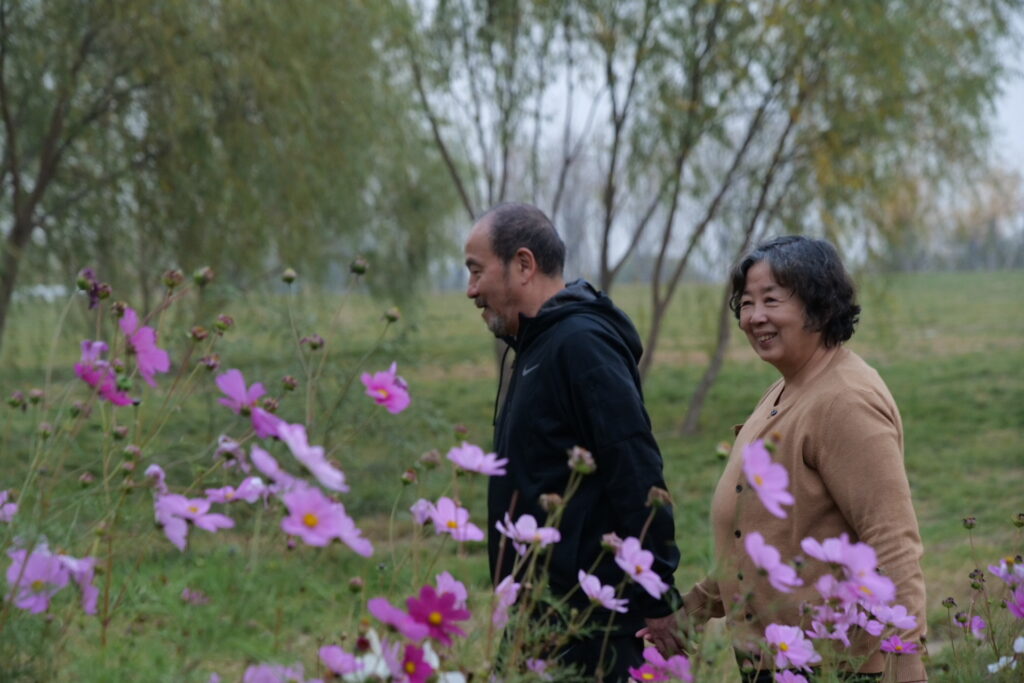
The star in Banr is writer/director/editor Erica Xia-Hou’s innovative storytelling – in her first feature film. An elderly husband (Sui Li) is struggling to hold on to his wife (Baoqing Li) as she sinks into Alzheimer’s, with the support of their adult daughter (Xia-Hou herself). That main story is told in a cinéma vérité documentary style, but that’s just what the husband and daughter see in their lucidity. Those segments are interwoven with fragments of the wife’s memory and her delusions and dreams. In depicting the most ordinary daily activities, Xia-Hou keeps us continually off-guard by shifting the points of view between the clear-eyed and the muddled.
With the exception of herself, Xia-Hou used all non-professional actors. Like Sean Baker at his best, she’s directed exemplary performances from her leads, both first-timers. As the wife, Baoqing Li becomes ever more confused, but is radiant when a cherished memory pops up.
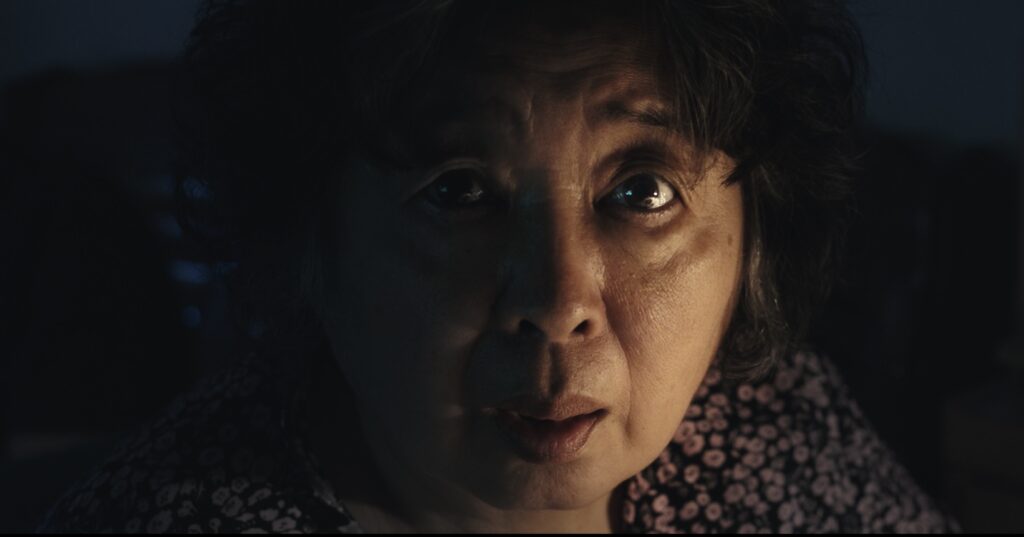
As the husband, Sui Li throws all his deep-seated love and his stubbornness into fighting his wife’s memory loss, and then in caregiving. We know, and his daughter wisely advises him, that his efforts are unsustainable, but he obstinately muddles on, until the progression of her condition gives him no other choice. His performance is fully committed and heartbreaking.
This may be Erica Xia-Hou’s directorial debut, but she has a substantial body of work as an actress, screenwriter, editor and art director in the Chinese film industry, after studying dance, broadcasting and acting at three Chinese universities. She co-wrote and acted in the Jackie Chan sci-fi action film Bleeding Steel. She will co-star with Tony Leung and Olga Kurylenko in the upcoming action thriller Fox Hunt, which she also co-wrote and edited.
What’s with the film’s title? Banr is companion in Mandarin, and many older Chinese couples affectionately refer to each other as Lao Banr, meaning old companion.
Banr is an immersive film, filled with humanity, and an important directorial debut. I screened Banr for its world premiere at Slamdance, where it was one of my Must See picks.
Through March 7, 2025, you can stream Banr on the Slamdance Slamdance Channel. A 2025 Slamdance Film Festival Virtual Pass, which brings you Banr and almost all of my Slamdance recommendations, only costs $50.
